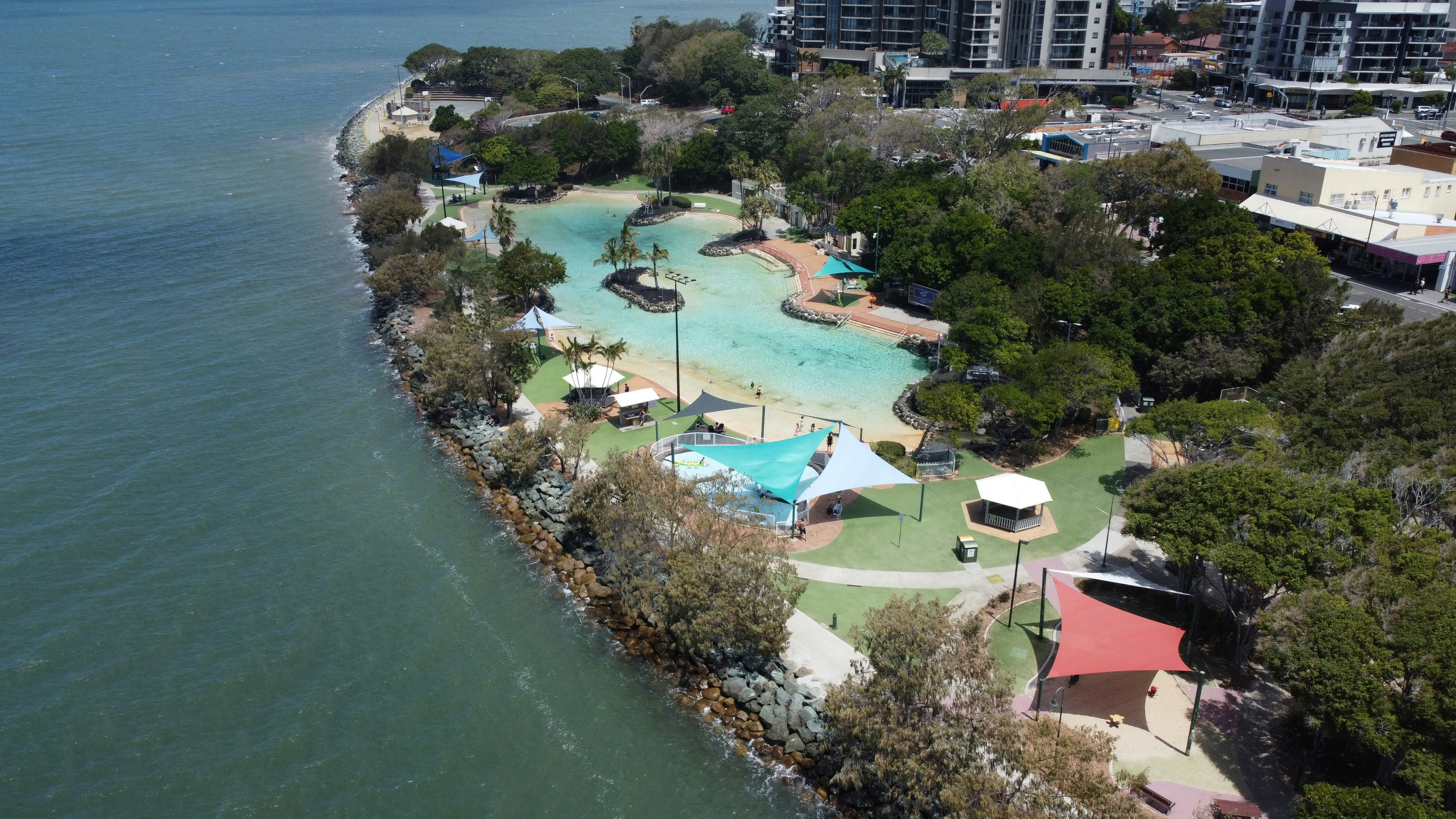Media release
From:
Climate change: Coastal cities are slow to adapt to climate change
Coastal cities across the world appear to be slow to adapt to the effects of climate change, and rely on past and present experiences instead of future risk projections, according to a systematic review published in Nature Cities.
Coastal cities across the world are hotspots of economic growth, but they are also vulnerable to the effects of rising sea levels, sea surface temperatures, and other hazards such as storms and flooding — all of which have been increasing owing to climate change. However, the effects of climate change, and techniques to mitigate these effects, vary on the basis of a city’s location and socioeconomic characteristics.
Matthias Garschagen and colleagues analysed climate change adaptation efforts in 183 studies that cover 199 coastal cities worldwide. They found that urban adaptation has primarily been developed using past and current events rather than future scenarios of climate risks and other trends, such as urban growth or poverty, which may increase a city’s exposure and vulnerability. The authors identified that the cities in the review predominantly addressed the threats of sea level rise, flooding, storm surges, cyclones and coastal erosion. The authors indicate that city governments in high-income countries are more likely to implement infrastructure or institutional responses such as large-scale dikes or adjustments in urban planning, whereas lower-middle income countries tend to rely on household-level behavioural adaptations such as elevating individual houses or fostering neighborhood support to deal with flood situations. Garschagen and colleagues also highlight that there is little published information on the coastal urban adaptation of low- and middle-income countries, or on certain types of adaptation strategy (such as ecosystem-based adaptations).
The authors conclude that their findings highlight the need for more research, especially in countries with fewer resources, to assess what climate adaptation plans might work in the future and how adaption in the most exposed coastal cities can be accelerated and made more effective.



 Australia; New Zealand; International
Australia; New Zealand; International



